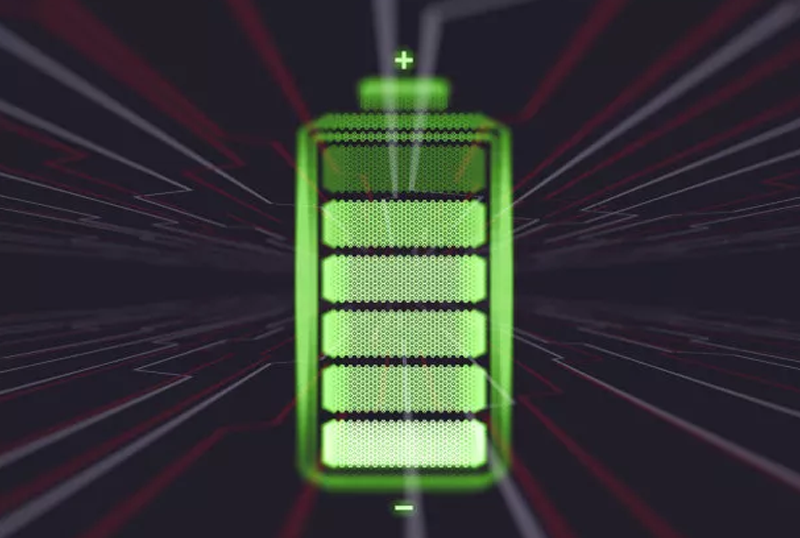What are the limitations or challenges associated with MWD technology?...
Read MoreWhat is the function of the polar plate of high-temperature battery?
Plates (also known as bipolar plates) are important components of some types of high-temperature batteries, including solid oxide fuel cells (SOFCs) and molten carbonate fuel cells (MCFCs). The function of the electrode plate is to conduct electricity and provide a path for fuel and oxidant gas to flow through the battery.
In SOFC, the electrode plate separates adjacent cells and serves as the electrode for fuel oxidation and oxygen reduction. It is composed of porous materials, usually made of ceramic or metal, with a thin layer of electrochemical active material on each side. The porous structure allows fuel gas to flow through the plate and enter the battery, where it reacts with oxygen ions to generate electricity.
In MCFC, the electrode plate is also used as an electrode, but its operating temperature (usually about 650-700 ° C) is higher than that of SOFC. The plate is made of conductive materials, such as graphite or metal, and coated with a thin layer of catalyst to promote the electrochemical reaction. The fuel and oxidant gases flow through the channels in the plate, which provides a large surface area for the reaction.
In general, the electrode plate is the key component of the high-temperature battery, which can effectively convert chemical energy into electrical energy.

Extend Knownledges
What are the limitations or challenges associated with MWD technology?
What are the limitations or challenges associated with MWD technology?...
Read MoreAre there any limitations or considerations for using an autoclave?
Are there any limitations or considerations for using an autoclave?...
Read MoreWhat temperature and pressure are typically used in an autoclave?
What temperature and pressure are typically used in an autoclave?...
Read More